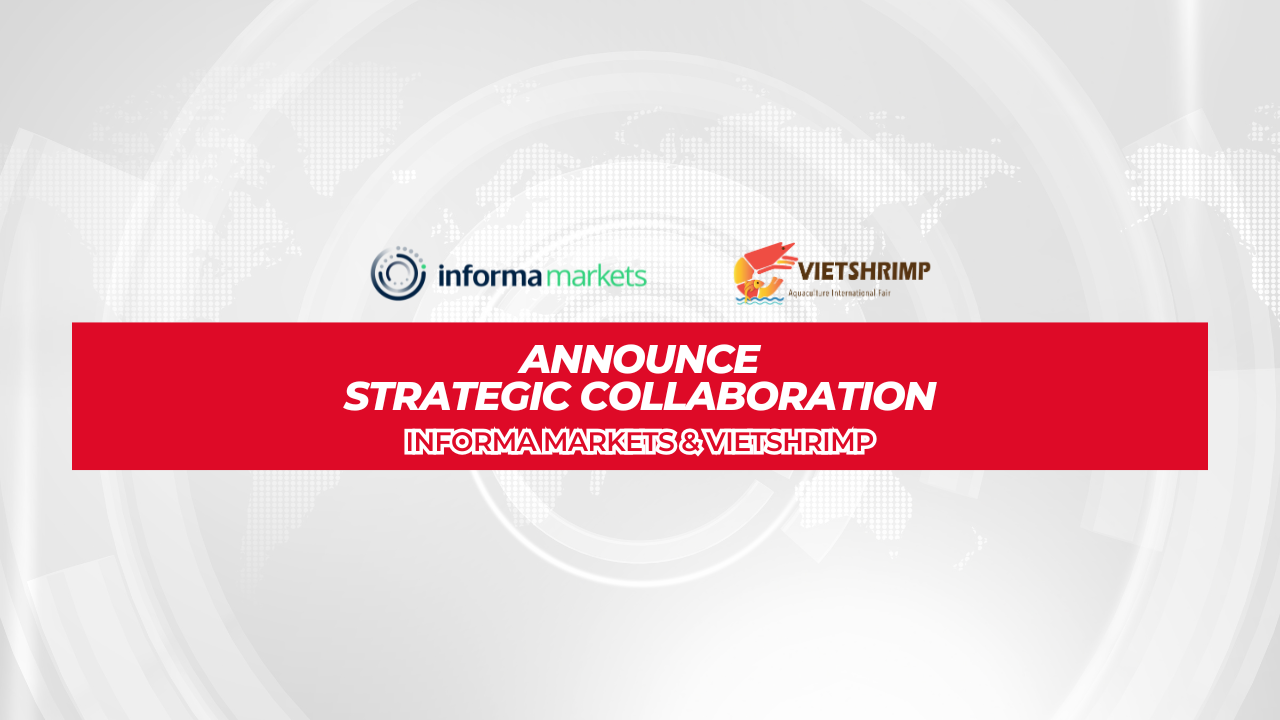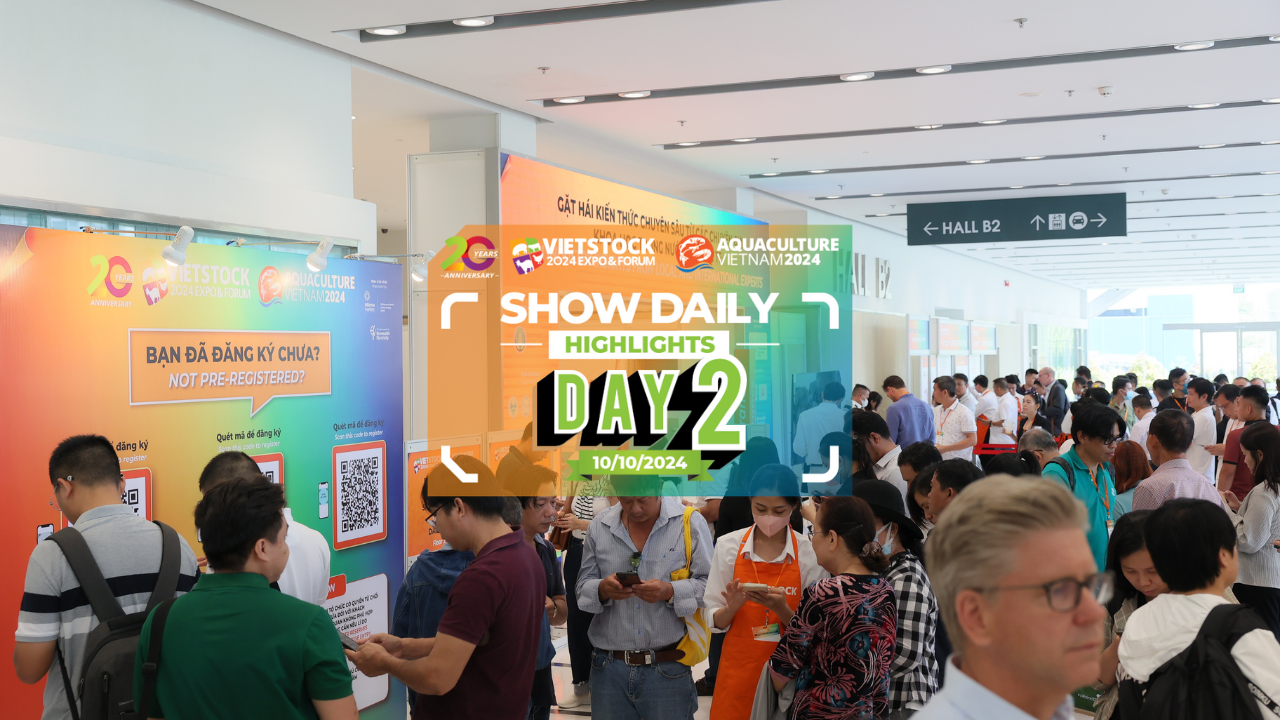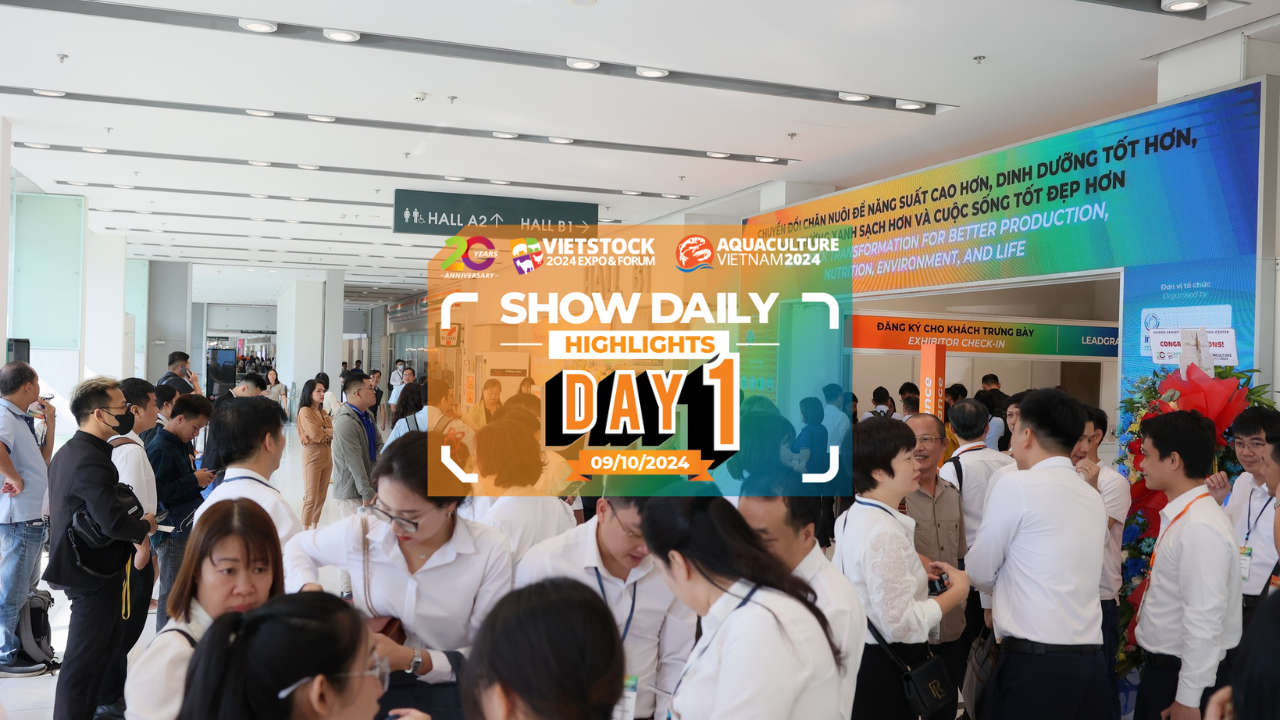SUSTAINABLE LIVESTOCK: TRANSFORMING INTO LARGE-SCALE PRODUCTION
After the pandemic, the livestock industry is no longer ‘reaping’ the substantial profits it once did, partly because small-scale farming still accounts for a significant portion. This model has many shortcomings, posing great challenges for the industry. To achieve sustainable development, the sector is transitioning to large-scale, industrialized, and modernized farming models.
Small-scale farming struggle in the changing economic landscape
Small-scale farming poses significant challenges in disease control, product quality improvement, and market stabilization.
Livestock farms face the constant threat of disease outbreaks
In recent years, the frequency of extreme weather events has increased, making livestock and poultry more vulnerable to diseases. However, the awareness of small-scale farmers about biosecure livestock practices is still low. They continue to maintain the habit of raising animals at high densities. Additionally, vaccination rates for livestock in many areas are still falling short of the required targets.
Consequently, many small-scale farms are ravaged by disease outbreaks. It forced them to cull lots of livestock, resulting in high loss rates.
Small-scale farmers caught in price-cost squeeze
While feed prices have shown some reduction, it is still significantly higher than pre-pandemic levels by 32 – 46%. This poses significant challenges to livestock producers, as feed costs account for a substantial 60 – 75% of the total production expenses.
Increasing input costs pressure many small-scale farmers to resort to cheaper, lower-quality feed and breeds, negatively affecting the quality of their livestock output.
Moreover, small-scale livestock farmers struggle to find consumption markets. The majority of small-scale livestock farming operations lack standardized procedures. Each household follows different production processes, resulting in inconsistent product quality, making it difficult for companies seeking to procure large-scale quantities.
Additionally, many small-scale livestock farms and slaughterhouses lack certification for disease safety. As a result, the products from these households cannot be exported because they are unable to meet the strict food safety and traceability standards set by importing countries.
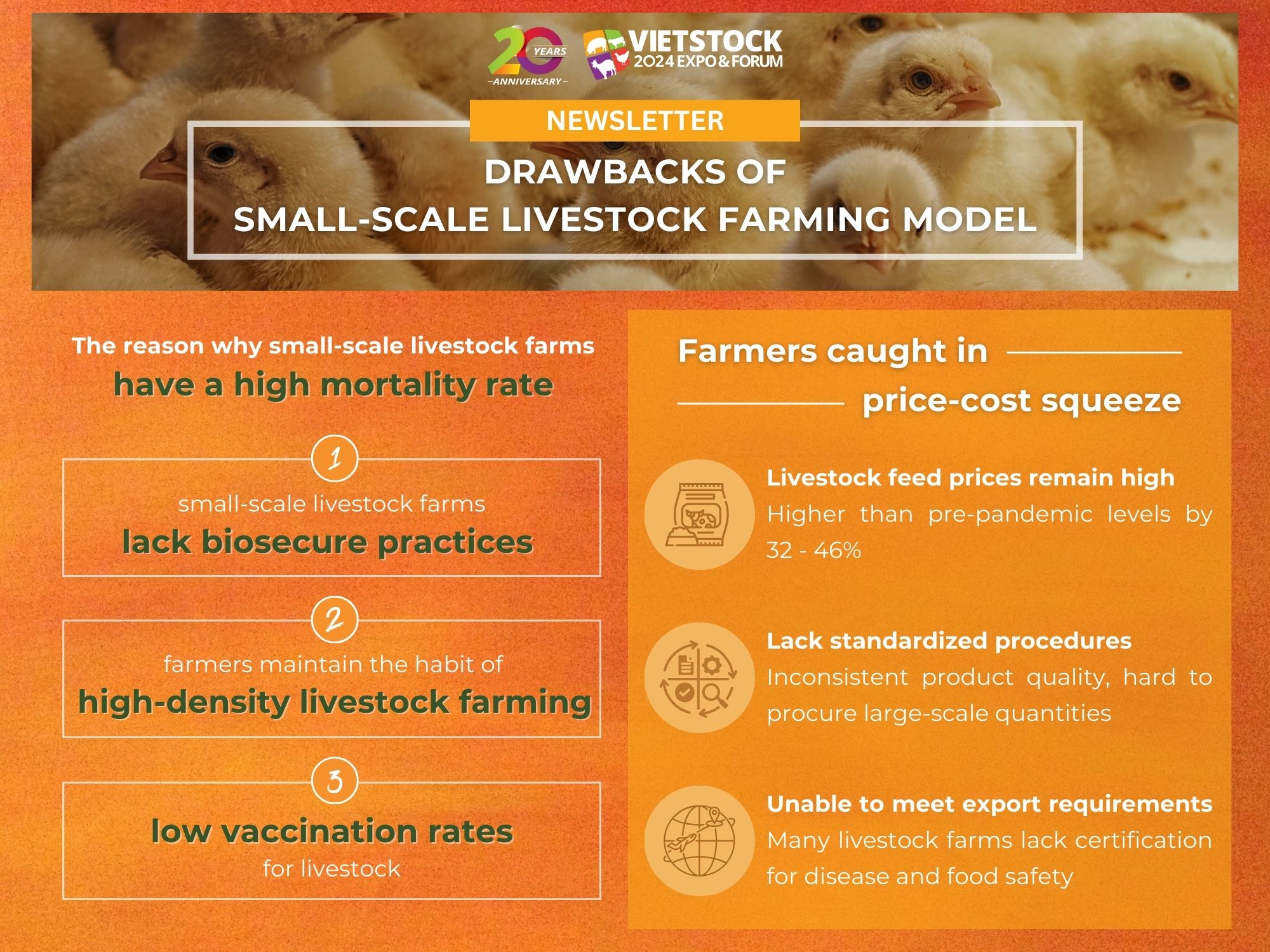
Large-scale livestock farming models leading the way to a sustainable future
The growth of the livestock industry in many regions remains modest, falling short of its true potential due to the shortcomings of small-scale livestock households.
To address these challenges, Mr. Pham Kim Dang, Deputy Director of the Department of Livestock Production, emphasized the importance of developing concentrated livestock areas and large-scale farms, while integrating modern technology into production.
Developing production-consumption linkages is essential to ensure market outlets for livestock products and stabilize market prices. Additionally, investing in deep processing is highly recommended for livestock farmers to enhance the added value of their products.
To enhance product quality, align with international market requirements, and drive export growth, livestock farms are encouraged to adopt standards such as VietGAP, organic farming, and biosecure livestock farming, etc, into production processes.
The best practices of large-scale livestock farming models in Vietnam and worldwide
The global livestock industry is undergoing a profound transformation, driven by the adoption of integrated 3F (Feed – Farm – Food) models and large-scale organic farming practices.
The 3F model, often referred to as a ‘self-production and self-distributing system’, encompasses the entire livestock production process, from feed manufacturing, nurturing, breeding, and fattening, to slaughter and processing.
This model stands out due to its strict control throughout the entire production process, from inputs to final products. Livestock farmers have complete oversight over breeds and feed sources, ensuring quality, safety, and optimized production costs.
Moreover, the 3F farm system is designed to be isolated, with strict disinfection measures, effectively enhancing disease control effectiveness.
Besides the 3F model, large-scale organic farming is also increasingly favored. This model emphasizes using natural feed sources without genetically modified ingredients, or growth-promoting stimulants, while minimizing the use of antibiotics.
Organic livestock producers receive various benefits, including lower feed costs, reduced livestock diseases, and higher market prices driven by the growing consumer demand for sustainable food.
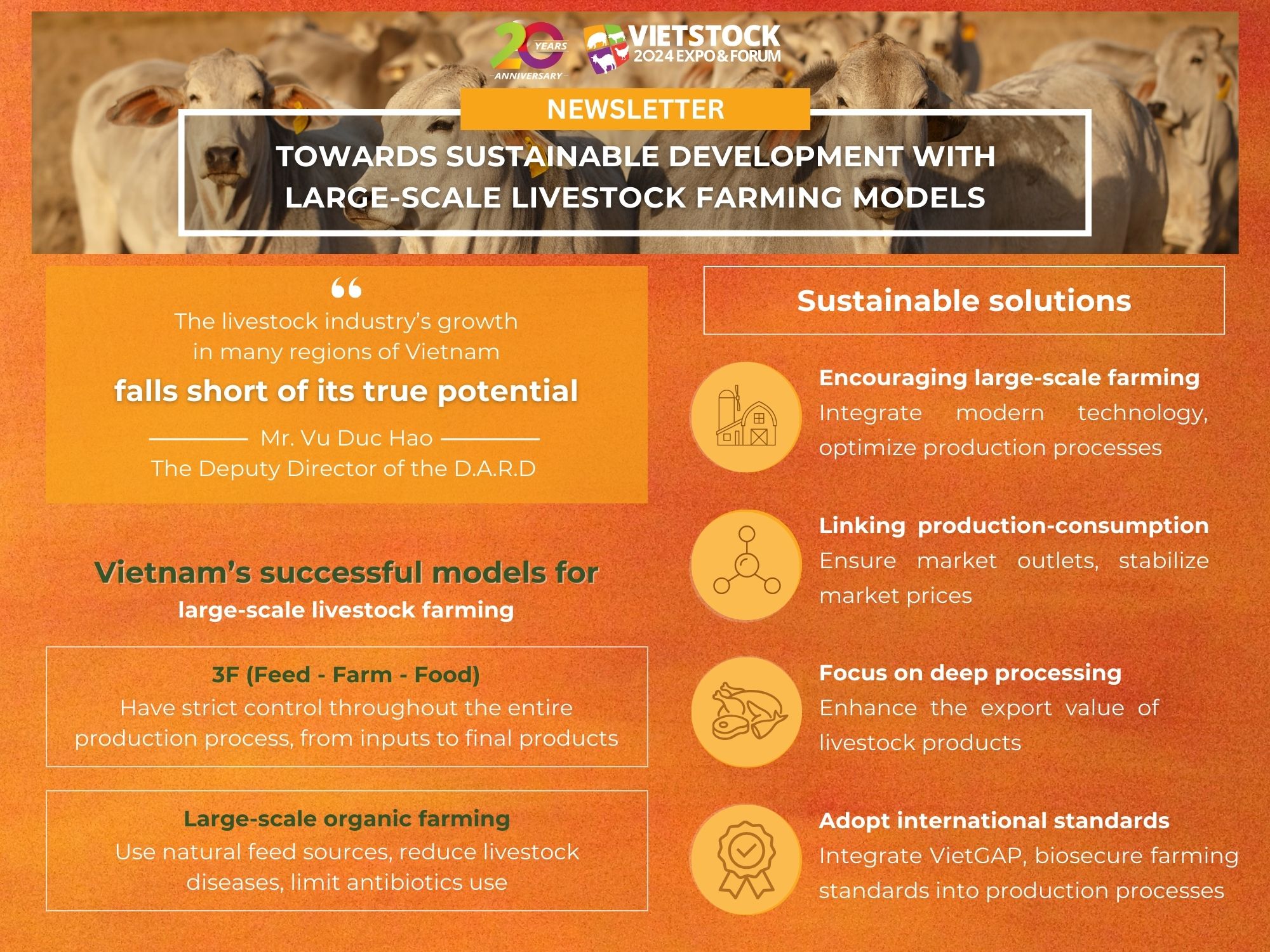
Experience cutting-edge technologies and solutions for livestock at Vietstock 2024
Vietstock 2024 – Vietnam’s Premier International Feed, Livestock, Aquaculture and Meat Industry Show, promises to be a one-stop destination for the livestock and aquaculture industries.
At the exhibition, visitors will experience the most advanced and sustainable livestock farming equipment, technologies, and solutions showcased by over 400 leading livestock companies from Vietnam and the region.
Seize the opportunity to connect and engage with over 13,000 specialized visitors at Vietstock 2024, paving the way for partnerships and reaching ‘final decisions’ right at the event. This is the prime opportunity for companies to expand their market, seek business partners, and attract investment to scale up their farms.
Mark your calendars! Vietstock 2024 will take place from October 9-11 at SECC, Ho Chi Minh City, Vietnam. Register Today!
————————-
Info box:
CONTACT US:
- Exhibiting: Ms. Sophie Nguyen – [email protected]
- Group Delegation Support: Ms. Phuong – [email protected]
- Marcom Support: Ms. Anita Pham – [email protected]


